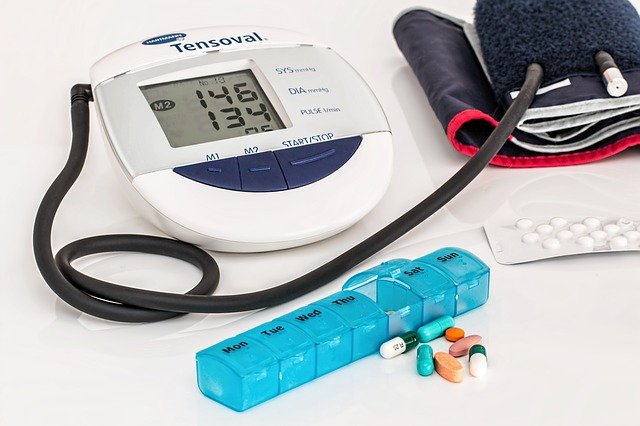
In a recent study, researchers found that two types of blood pressure drugs, alpha blockers, and alpha 2 agonist, show increased variability in blood pressure measurements between doctor visits.
This condition is linked to a higher risk of death.
The study was conducted by the Intermountain Medical Center.
According to the American Heart Association, the normal blood pressure is less than 120/80.
Elevated blood pressure is between 120-129/80, and anything over 130/80 is categorized as high blood pressure.
The systolic blood pressure reading (the upper number) indicates how much pressure blood is exerting against the artery walls when the heart beats.
In most people, systolic blood pressure rises steadily with age due to increased stiffness of large arteries, long-term build-up of plaque, and high risk of cardiac and vascular disease.
Previous studies have shown that patients with large variances in blood pressure between doctor visits have an increased risk of death.
In this study, the team examined the examined connections between the type of blood pressure drugs and the variations in blood pressure readings.
They wanted to see if certain classes of medications could reduce the visit-to-visit blood pressure variability.
The team examined data from more than 10,500 patients with 7+ recorded blood pressure medications between January 2007 and December 2011.
These people were followed for 5 years by the researchers.
The team tracked the range of variances in blood pressure readings and the blood pressure drugs each patient was using.
They found that blood pressure drugs include ace inhibitors, angiotensin receptor blockers, calcium channel blockers, and thiazide diuretics could reduce the visit-to-visit blood pressure variability.
However, people who are on other types of blood pressure medications had an increased risk of death.
The team suggests that doctors should encourage to use blood pressure medications that show a decrease in mortality risk.
In addition, patients should know what their blood pressure is.
If it’s up and down all the time, the patient should talk with their physician to find the best blood pressure medications that will reduce variances.
It is also important to control the environment when measuring blood pressure. This could help reduce additional variables from influencing the measurement.
For example, it is good to sit or lay down for 15 minutes before measuring blood pressure. Don’t do things that will cause stress, since that may raise blood pressure.
Use a blood pressure cuff that fits. Make sure it’s not too tight or too large.
The lead author of the study is Brian Clements, DO, an internal medicine physician with the Intermountain Medical Center Heart Institute.
The finding was presented at the American College of Cardiology Scientific Sessions in Orlando.
Copyright © 2018 Knowridge Science Report. All rights reserved.



